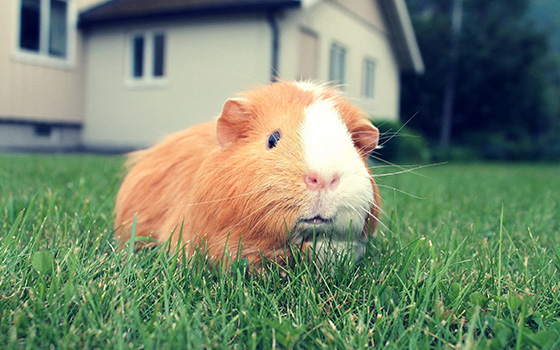Cosplay, the artwork of bringing characters to life via dress and performance, is a passion for lots. yet, in the back of each remarkable cosplay lies hours—regularly days or even months—of difficult work, particularly when it entails sure tough substances. these materials test the abilties, persistence, and creativity of cosplayers to their utmost limits. right here’s a look into a number of the most notoriously difficult substances that cosplayers frequently encounter of their craft.
Eva Foam
Eva foam is a favorite among cosplayers because of its lightweight and smooth-to-shape qualities. however, operating with eva foam presents precise challenges. For one, it requires specific knife skills to cut cleanly and accurately. mistakes may be difficult to fix with out noticeable maintenance. moreover, eva foam is vulnerable to melting underneath heat and may become brittle through the years if no longer treated nicely. Sealing and portray eva foam call for cautious attention to save you warping and effervescent, adding layers of complexity to the procedure.

Worbla
Worbla is a thermoplastic fabric cherished for its capacity to create difficult yet light-weight armor portions. Its flexibility at the same time as heated permits for complicated designs, however this same assets makes it pretty difficult to govern as soon as it cools down. Cosplayers must work quickly and decisively while shaping Worbla, because it hardens hastily upon cooling. additionally, the fabric can increase stress cracks if bent too a long way, requiring a deep know-how of each the material residences and the person layout being replicated.
Latex
Latex is typically used for creating realistic pores and skin textures and bendy additives, inclusive of claws or tentacles. even as it offers an outstanding degree of element, operating with latex can be daunting. It demands meticulous training to make sure that molds are flawless, as any imperfection will switch to the final product. furthermore, latex has a sturdy scent in the course of application and curing methods, necessitating excellent ventilation. once implemented, achieving clean and bubble-free finishes calls for practice and endurance.

Fondant
often associated with cake decorating, fondant has located its manner into the sector of cosplay for developing unique props and small accessories. Fondant’s predominant undertaking lies in its tendency to dry out and crack without problems. Cosplayers need to continuously knead and circumstance it to maintain workability, which may be labor-intensive. moreover, fondant can be sticky and messy, making clean cuts and tricky info tricky to attain without right tools and strategies.
Resin
Resin casting offers , durable outcomes suitable for props and jewelry. however, working with resin is fraught with capability pitfalls. mixing ratios want to be genuine to make certain proper curing, and the material itself may be poisonous and traumatic if no longer dealt with successfully. Bubbles are a not unusual problem in resin projects, requiring vacuum chambers or meticulous guide degassing strategies. as soon as cured, resin is nearly impossible to alter with out substantial effort, making precision crucial at every step.

leather
Leatherwork is a traditional craft that provides authenticity and durability to cosplay clothing. The primary task with leather is its preliminary stiffness, which necessitates breaking in via diverse techniques like moistening, stretching, or oiling. reducing, stitching, and embossing leather require specialized tools and know-how. additionally, leather-based’s herbal variances in thickness and texture mean that cosplayers must adapt their plans at the fly, ensuring a match that looks both useful and aesthetically alluring.
conclusion
the adventure of cosplay is lined with trials and tribulations, specially when managing those tough materials. every one needs a completely unique set of talents and a willingness to experiment and study from failures. no matter these hurdles, cosplayers maintain to push the limits, pushed via their passion and willpower to bringing beloved characters to life. whether you’re just starting or a pro pro, remember the fact that every project triumph over provides every other layer of depth and satisfaction to your cosplay adventure.







